Google's "Project Tango" aiming for human-level spatial recognition is used as indoor navigation

Combining smartphone cameras and infrared sensors etc. and aiming to give mobile devices such capabilities as "motion tracking" "spatial recognition ability" "area learning"Project Tango"is. Demonstration of Project Tango on overseas news siteThe VergeIs being held in Barcelona, Spain for 4 days from February 22 to 25, 2016Mobile World CongressI have been experiencing with the movie, so that the state can be seen in the movie.
Google's Project Tango indoor mapping - YouTube
A reporter at The Verge who was visiting Mobile World Congress interview will be invited to interview the demonstration done at the museum from Google.

Here's a demo of Google's Project Tango.

Project Tango was announced about two years ago with the aim of "making mobile terminals such as smartphones and tablets have human-level spatial recognition capabilities by making full use of 3D cameras and sensors" announced in February 2014 project. Two years ago in 2014, the same Mobile World Congress demonstrated to the media, and the state of that time can be checked from the following article. In the demo of 2014 it is possible to see the 3D modeling of the space in real time using smartphone camera and infrared sensor.
What kind of future is possible will be understood by looking at a movie that actually uses Google 's "Project Tango" which 3D scans the space in 3D with a smartphone and realizes it in 3D - GIGAZINE

Project Tango's demonstration at the Mobile World Congress in 2016 was not related to games and virtual reality, but was based on "indoor navigation".
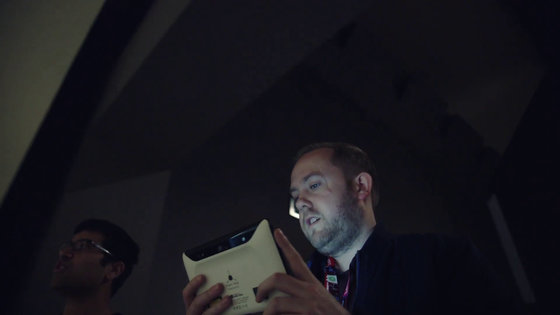
In the demonstration, the project TangoTablet Development KitI will guide you through the museum. A reporter at The Verge said, "Google has deployed Google Maps and Google Street View as outdoor navigation services, but we are also aiming for the top in indoor navigation," he said.
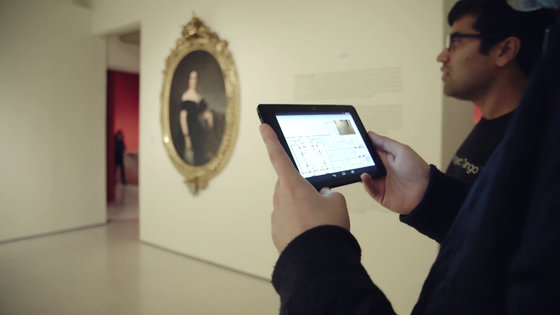
The inside of the museum is reflected by the tablet's camera, and the blue line is stretched at the feet. This is indoor navigation and it seems that you can appreciate various paintings and art objects by moving inside the hall to follow the line drawn with blue dots. In the demonstration, it seems that experiencers can select themselves by moving from the floor in the art museum to the floor or moving from a specific painting to a painting. According to The Verge reporter, "The interface is very wonderful".
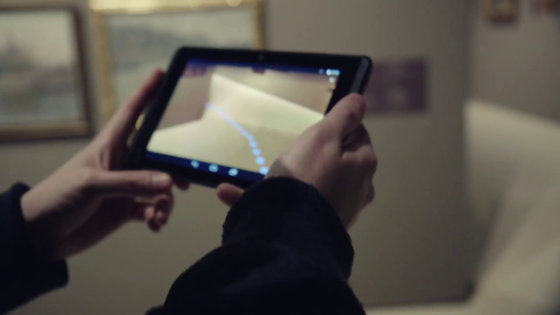
Walk around the museum with the tablet in hand ......
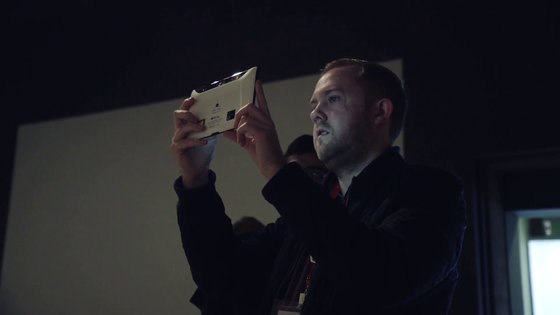
Certain paintings ......
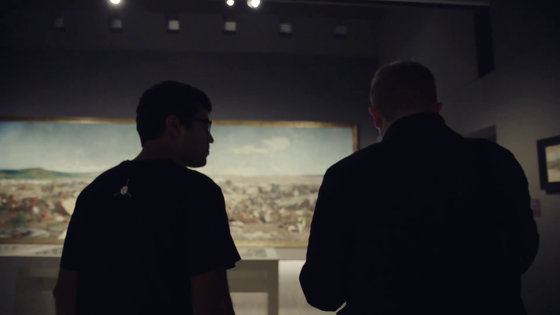
Tap the screen with the camera.
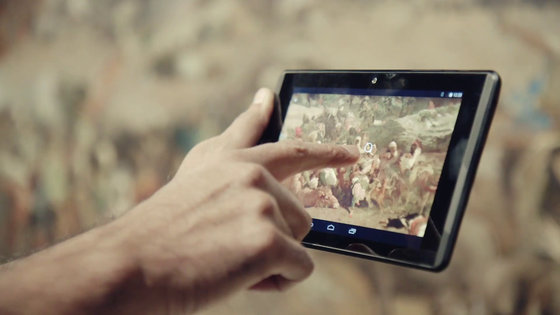
Then, information on the paintings projected by the camera was displayed.
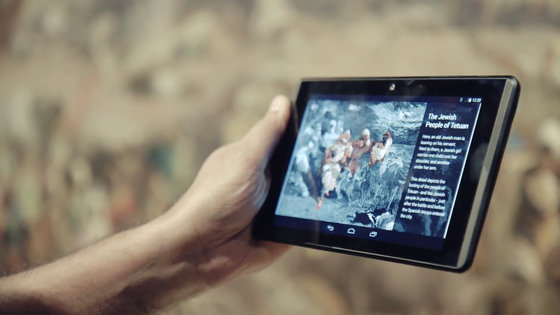
The demo seemed to proceed very smoothly, and the reporter of The Verge was also very satisfied. It should be noted that the tablet development kit of Project Tango is a very simple hardware, so the camera seems to be the same level as that of ordinary smartphones and tablets.
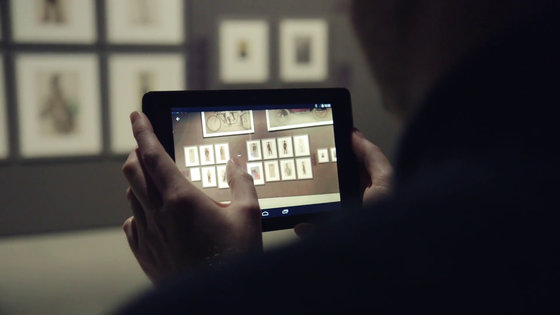
You may be wondering "why do we have to use complicated techniques such as 3D scanning and 3D modeling for indoor navigation?", But indoors it seems that places where GPS used in outdoor navigation are difficult to function In many places, Project Tango of the concept "to make mobile terminals have spatial recognition ability on a human level" is suitable. You can understand how much such a project Tango can recognize and model an object indoors by reading the following article.
"Project Tango" realizing VR with smartphone by making full use of 3D sensor has evolved so far - GIGAZINE
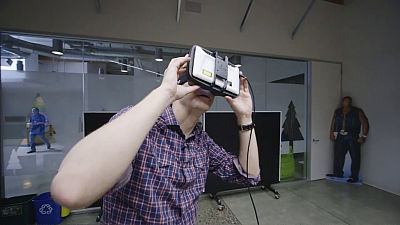
Related Posts:







